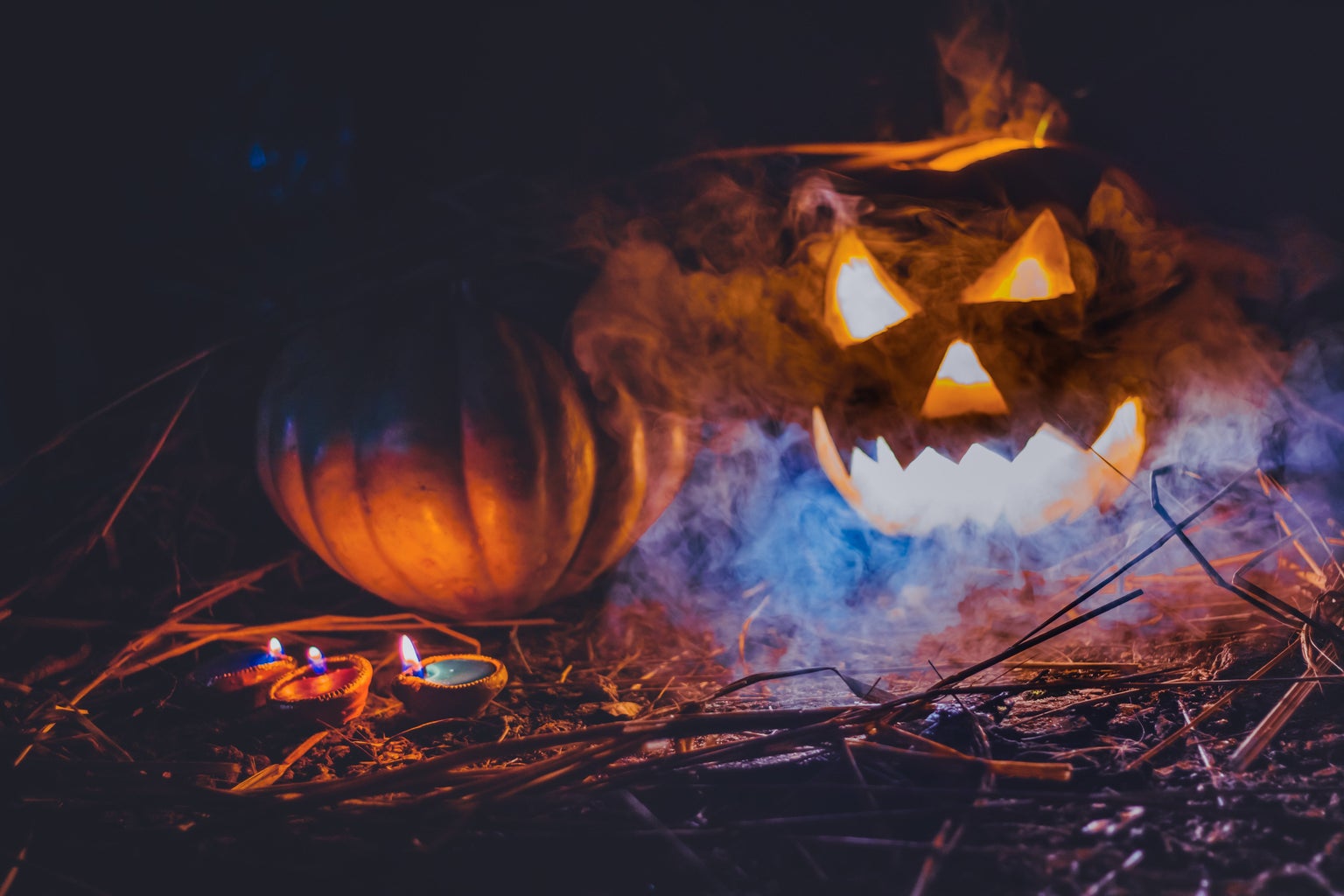As warm summer days transition to cold winter nights, we’re all embracing this spirited and spooky season. The long history of Halloween started as Celtic festivals of Samhain in Europe celebrated with a bonfire that marks the beginning of winter. They believed on the day of the Samhain, the barrier between the physical world and the spirit world was the thinnest, and dancing in costume in front of the fire would ward off the evil ghosts.
Then, many scholars argued that early catholic churches “Christianized” these understandings, and October 31st was deemed as All Hallow Eve, a day dedicated to remembering the deceased. Over centuries, Halloween traditions evolved into eating sweets and donning creative costumes. Indeed, the traditional essence of Samhain faded in the modern Halloween activities; especially in America, they are shifted from bonfire rituals to just fun, or scary pranksters, as we all know.
However, in other parts of the world, the relationship between living and dead is still celebrated though it differs in practice and essence. In Japan, people pay their respects to their ancestors during the Obon festival in Latin American Countries; the Día de Los Muertos—the Day of the Dead— is a day that honors deceased loved ones and ancestors. In China, Zhongyuan is a Buddhist and Taoist festival dedicated to those who passed away. In South Korea, dead ancestors are venerated by family members during Chuseok.
Japan: Obon
Obon is the Japanese version of the Ghost Festival and is also one of the most significant events in Japan. The festival of Obon is meant to venerate and welcome the spirits of the family’s ancestors. It lasts for three days in Mid-August. Like Halloween, there is also plenty of fun during the Obon period, as there are lots of activities such as Bon-Odori, and sending out paper lanterns to guide the spirits.
Latin America: Día de los Muertos
The celebrations of Día de Los Muertos are usually nationwide. It is a festival full of pop colors and parades. Even though this is a festival related to death, it is not mournful whatsoever. Just like Obon, this holiday is meant to welcome the deceased ancestors as well. The streets are typically people with funky skull face painting, singing, and dancing with the spirits of loved ones. In addition, people pay visits to their deceased loved ones’ graves and build altars with food and photos.
China: Zhongyuan
In China, the 15th day of the 7th month in the lunar calendar is called Zhongyuan day or Hungry Ghost Festival. Family members burn incense in front of their doors, offer prayers and meals to soothe the hungry spirits of their relatives. Like Obon, at the end of the Zhongyuan period, small paper boats and lanterns are floated out to guide the spirits as well.
Korea: Chuseok
Koreans remember their ancestors in their Chuseok festivities on the 15th day of the 8th month of the lunar calendar. This holiday is considered the biggest one in the country. Rather than Halloween, it is more commonly regarded as the Korean version of Thanksgiving. People in Korea give their gratitude to the deceased for the year’s harvest on this day. They visit their ancestors’ graveyards and offer them delicious food.
Unlike Halloween, most of these festivals from around the globe focus on the veneration of the deceased. This creates a benevolent image of the loved one’s spirits rather than the commonly seen scary, wicked ghosts that haunt us at night. The amicable relationship between the living and the dead is truly something worth celebrating.


